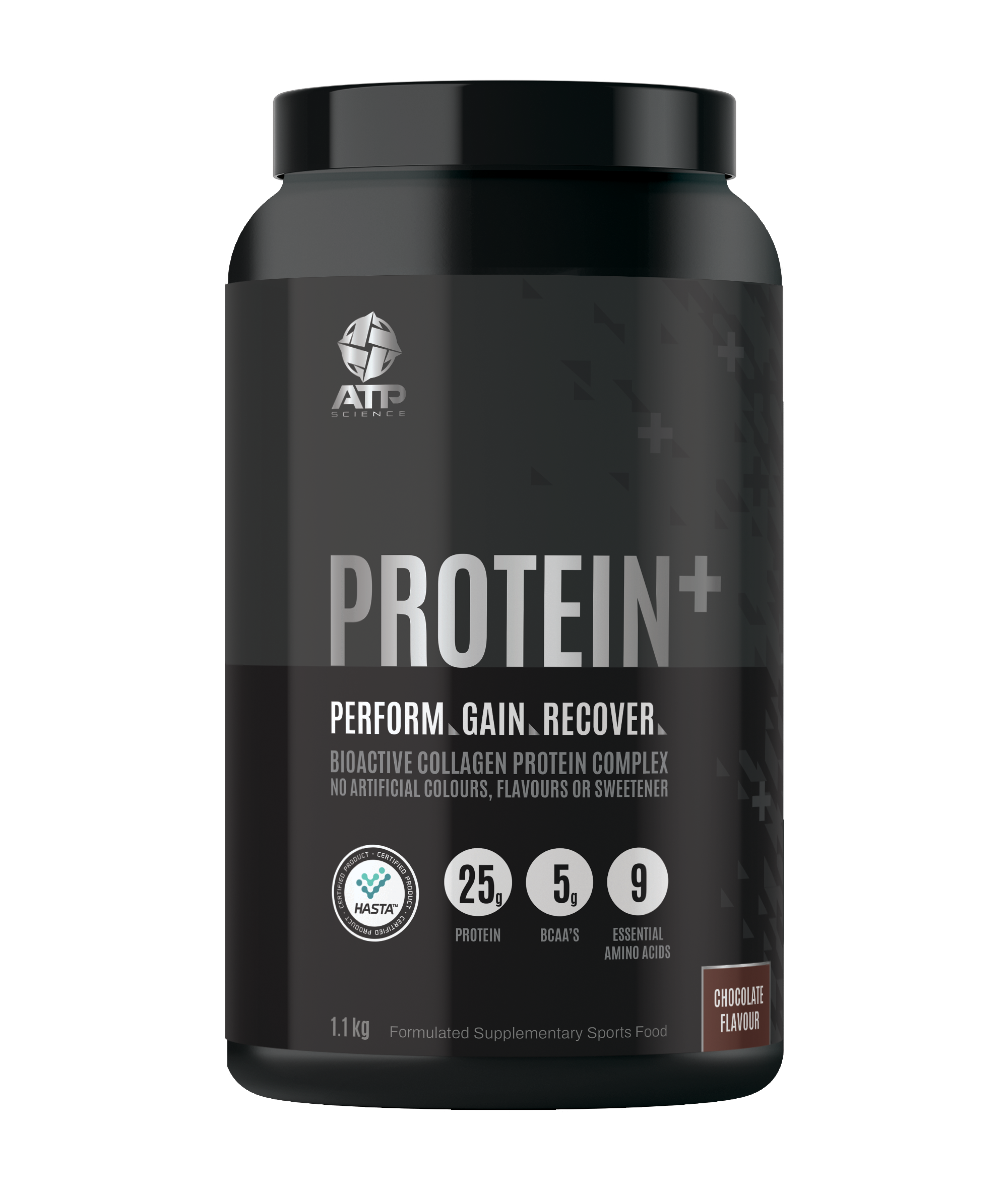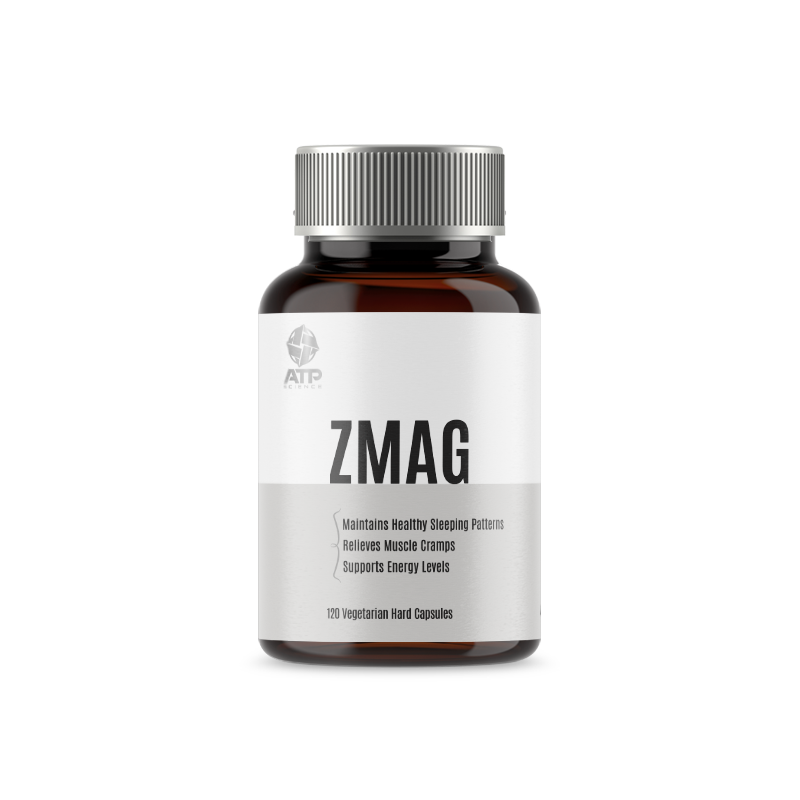Undoubtedly, caffeine is a pillar of guidance for most of us when our eyes open and we stumble to the kitchen like a zombie from an apocalyptic awakening when we sit down at work to get through those emails and spreadsheets when we need to pull ourselves together to hit the gym after sitting in bumper to bumper traffic post clock off from work.
We have this constant drop and spike relationship with caffeine and we can become quite habitual with the effect that we get the big perk up and often joke around about the crash that comes soon after as the caffeine comes down.
What’s happening between the peak and crash?
Here is a bit of a step by step insight for caffeine from the first sip to that sleepy crash.
- Caffeine is readily absorbed in humans; the average effect is felt within 30-40 mins of ingestion [1].
- The average half-life of caffeine is around 5 hours depending on your clearance capacity [1].
- Caffeine is then metabolised by our liver, then the kidneys, and excreted through urine [1].
That’s the basis of it. But why do we like it so much and what is it doing at the peak?
Caffeine is a central nervous system stimulant and local inducer of dopamine [2] but not in the way that drugs like that of amphetamines and cocaine work on dopamine in the brain. So, it’s not technically an addictive substance but there can be developed reliability on its effects. Caffeine increases energy metabolism throughout the brain, and it does so by binding with adenosine receptors in the brain.
The Adenosine Aspect
Adenosine, produced in the brain normally binds with adenosine receptors. The mechanism of binding induces a drowsiness effect by slowing down nerve cell activity. The binding of adenosine with the adenosine receptors creates a dilation effect on blood vessels and through this method oxygen is increased into the brain when we finally fall asleep and rest.
Caffeine binds as a matching molecule imitator to adenosine receptors in the brain. It's an adenosine receptor antagonist in this sense. So, we go from allowing adenosine to bind to the receptors, to now caffeine binding and inhibiting the effect of adenosine’s drowsy aspect. Now speeding up nerve cells, caffeine also causes blood vessels to constrict as its blocking the adenosine pathway that would normally allow them to open up [1].
Sounding the Alert!
As we mentioned above, nerve cell activity increases, and from here neuron firing also increases. This communicates to the pituitary gland that perhaps there is some form of stress and or emergency happening and stimulates the fight or flight response to our adrenals, releasing adrenaline/epinephrine and we get that alertness and rush. Precise focus and drive. You know the common effects you have had after a strong cup of coffee or pre-workout…
- Pupils dilate [6]
- Heart rate ramps up [6]
- Blood pressure goes up [6]
- Rest and digest methods like blood flow to the stomach decreases [6]
- The liver releases glycogen stores to the bloodstream to support the quick resource requirement of energy in a normal flight and fight stress response [6]
- Muscles tense up and contract for quicker movement requirements [6]
Why we get the crash
We get the crash for a few reasons – caffeine is metabolised as we mentioned usually within 5-8 hours from the body. So, you have the initial local effects of dopamine that dissipate and you get the mood drop, with that, the flush of adenosine comes back in and goes back to its normal task of inducing drowsiness, the opening of the blood vessels more and increasing oxygen to the brain. Not to mention if you are having upwards of 200-300mg of caffeine as your pre-workout of a night time… you aren’t going to be sleeping too great afterward, and if you are, its unlikely to be that deep refreshing sleep troughs we need most [3].
Poor sleep can be accumulative, if you aren’t getting the adequate amount of sleep, along with reaching those light sleep, deep sleep and rem sleep troughs – you wake up in an unrefreshed deficit, and warding off the body’s attempts to catch up on said sleep loss which we swat with our busy lives, constant stressors which spike our cortisol and fight-flight response just cascade as we reach for the stimulants to keep us going [3].
How to have a healthy relationship with your coffee
We are all lovers of coffee and caffeine is not all bad, in fact, there are some incredible benefits of caffeine as a whole! In fact – this whole article on coffee consumption and health is incredibly in-depth! Make sure you check it out when you’re done here -
Leading on from this, looking after our sleep is a big one – we have established that caffeine has on average a half-life of around 5 hours, this means that if you’re having around 300mg of caffeine, only 150mg of that caffeine will be removed from the body through our metabolic pathways that involve the liver and kidneys and eventually urinated out. So, that 4th cup of coffee, that pre-workout may be tipping you way out. The standard cup of coffee contains around 94.8mg per 8 fluid oz. taking this into account – at around 5 hours you have metabolised around 45-47mg of that [1].
So, what are we saying here!?
First off, caffeine is not bad for you – there are a plethora of studies touting its benefits. You know what we are saying though… “Everything in moderation”. As always. Develop a healthy relationship with caffeine, maybe take a break and revisit how much you are taking in and if there are other ways you could be using it around timing, etc. Sip smart.
To find out more on this topic listen in to episode 366 of the ATP Project podcast.
Or check out the video version on YouTube:
References
- Caffeine for the Sustainment of Mental Task Performance: Formulations for Military Operations. Institute of Medicine (US) Committee on Military Nutrition Research. Washington (DC): National Academies Press (US); 2001.
- An update on the mechanisms of the psychostimulant effects of caffeine
- Extent and Health Consequences of Chronic Sleep Loss and Sleep Disorders. Sleep Disorders and Sleep Deprivation: An Unmet Public Health Problem. Institute of Medicine (US) Committee on Sleep Medicine and Research; Colten HR, Altevogt BM, editors. Washington (DC): National Academies Press (US); 2006.
- Coffee consumption and health: umbrella review of meta-analyses of multiple health outcomes. Robin Poole, specialty registrar in public health,1Oliver J Kennedy, graduate medical student, BMJ. 2017; 359: j5024. Published online 2017 Nov 21. doi: 1136/bmj.j5024
- https://www.medicalnewstoday.com/articles/321784
- Caffeine and the central nervous system: mechanisms of action, biochemical, metabolic and psychostimulant effects. A Nehlig1, J L Daval, G Debry. Brain Res Brain Res Rev May-Aug 1992;17(2):139-70. doi: 10.1016/0165-0173(92)90012-b.

















